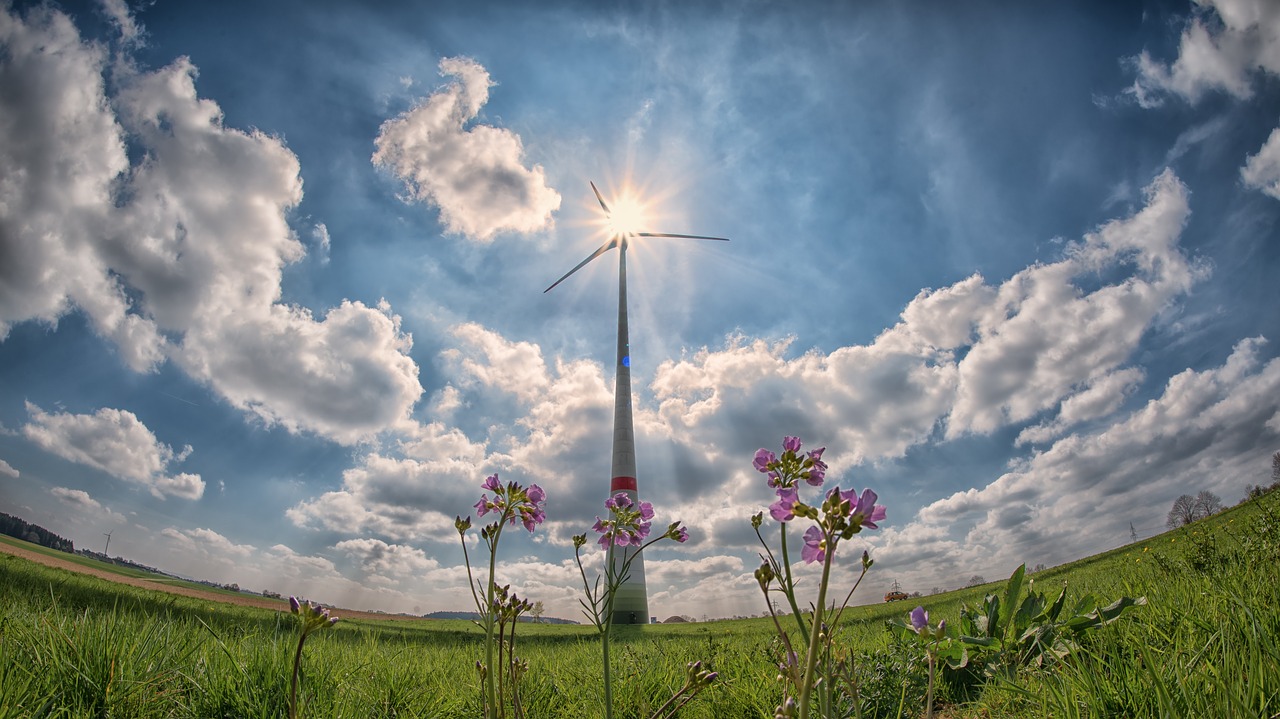Italy derived most of its electricity from thermal power in 2017 with the same contributing to 50.7 percent of its installed capacity. Natural gas alone accounted for 41 percent.
GlobalData’s latest report, a data and analytics company, reveals that, government policy is oriented towards scrapping coal-based capacity between 2025 and 2030, while renewable energy auctions, to be started by 2020, will help to compensate for this loss.
Italy imports more than 90 percent of its coal requirement from South Africa, Australia, Indonesia, Colombia, and the US. It possesses small deposits of coal reserves, most of which are in South Sardinia. It also imports gas, primarily from Algeria and Russia. Although it possesses economically accessible gas reserves, a declining trend in gas production has been observed since the mid-1990s, caused by national energy policies formulated by the government that do not support gas production.
GlobalData said that renewables are, “Italy’s fastest-growing energy source.” The company explained that the 2011 referendum that closed any option for the government to restart nuclear power generation and the increasing new for a secure energy supply are the reasons for the country’s renewable-heavy outlook.
Chiradeep Chatterjee, Power Analyst at GlobalData, said:
“Installed non-hydro renewable capacity increased from 1.7 GW in 2000 to 34.5 GW in 2017. Italy recorded notable progress with respect to the development of installed solar capacity, which grew from 19 MW in 2000 to around 19.7 GW in 2017. The onshore wind market also grew exponentially, from 364 MW to 9.8 GW, owing to strong policy support from the government in the form of FITs. From 2018 to 2030, renewable installed capacity is expected to grow to 63.4 GW in 2030”.






